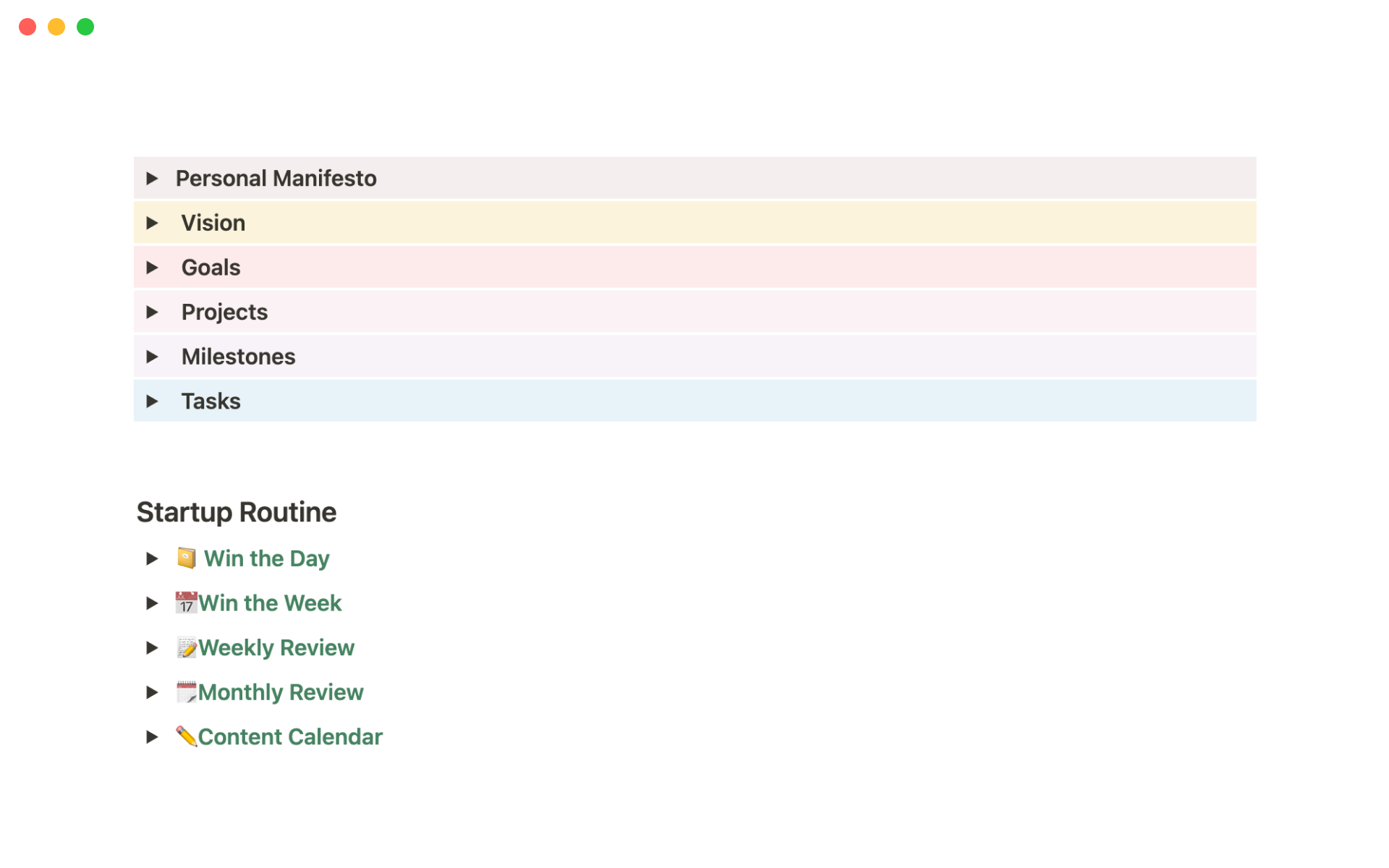You enter a brainstorming session for the coming year’s new product line — a gaming app, software tool, and innovative social platform. Sticky notes cover the walls, charts materialize, and your whiteboard fills with timelines and milestones.
Once the excitement of new ideas subsides, two challenges arise: aligning initiatives to the company’s big-picture vision and mapping out a cohesive plan with which all team members can get on board.
That’s where a product portfolio roadmap comes in. More than a strategic document, it’s a blueprint that brings order to all project timelines, resource allocations, and milestones. No matter how ambitious and complicated, creating a cohesive portfolio roadmap ensures every initiative on the horizon is set for success.
What’s a product portfolio roadmap?
A product portfolio roadmap is a visual, strategic overview of product life cycles within a larger business roadmap and strategy. It aligns each offering with a company’s overarching vision, goals, and objectives.
Imagine a product portfolio roadmap as both a narrative and a blueprint. It goes beyond mere project timelines and tasks and illustrates the “what” and “why” behind each product’s direction. Stakeholders see the big picture — not just where each product stands in its trajectory but also how it impacts other products in the portfolio.
Such clarity helps stakeholders understand and shape a larger strategy, ensuring every offering harmoniously contributes to the company’s success.
How to create a portfolio roadmap in 8 steps
Strategic portfolio management goes beyond plotting points on a project plan. It requires a clear understanding of market dynamics, consumer demands, and each product’s value proposition. Notion’s roadmap template easily organizes all these details to clearly outline your product portfolio roadmap. And here’s an eight-step guide to ensure you capture every element of this complex portfolio planning process.
1. Identify and set goals
Every map has a destination — so should this map. Identify measurable objectives that align with market and consumer needs. This might include capturing a certain market share percentage, hitting specific revenue milestones, or launching products in a new region. Building SMART goals — specific, measurable, achievable, relevant, and time-bound — will help in the subsequent planning stages and set you up to achieve your goals.
2. Analyze product ideas
Brainstorm potential new products and improvements to existing offerings. Critical thinking and analysis are vital during this stage. Consider how new products fit into market demand, customer needs, and the competitive landscape identified in step one.
Likewise, analyze how every potential new initiative fits into your organization’s overarching strategy and goals. Stakeholders should ensure that every proposed product or improvement pushes the company’s vision and growth forward.
This step isn’t performed in a vacuum. Portfolio managers, product managers, and other relevant stakeholders should engage in open brainstorming sessions, thorough market research, and cross-functional team engagement to uncover every opportunity and potential bottleneck.
3. Categorize strategic objectives and product initiatives
Now, begin building out the product portfolio roadmap. Align overarching business goals from step one with product ideas and initiatives in step two.
One way to do this is by creating categories most relevant to final business objectives, like market segments or product lines. Delineate categories from most important to least important and assign products to a category. This structure helps your team prioritize products, plan projects, and divide resources.
4. Prioritize products and projects
With your strategic objectives and initiatives identified and categorized, prioritize products and project planning. Using prioritization techniques like an impact versus effort matrix help you build a hierarchy based on ROI, market impact, and alignment with overarching goals. This hierarchy ensures your portfolio roadmap prioritizes initiatives with the biggest impact.
5. Assign resources and plan capacity
A well-defined team, budget, and resource plan should back every initiative. Define the capacity needs and divvy up resources accordingly, prioritizing high-impact items.
6. Build out individual product or project roadmaps
Break each product and initiative into realistic timelines, deadlines, and metrics. Using a lets you step back and see how all product timelines in your portfolio align with one another. This ensures resources don’t overlap, creating better collaboration and progress.
7. Illustrate your roadmap
Visualizing your portfolio roadmap is a powerful communication tool for team members, ensuring everyone knows how execution ought to go. Your visual roadmap should include the following information:
Objectives
Product initiatives
Product hierarchy
Work tasks
Deadlines
8. Communicate the roadmap
Road-mapping is only as strong as its messaging. Clear and consistent communication is critical to efficient and effective product development. Once you’ve built your roadmap, create personalized formats. Management could benefit from a broad, high-level overview of the product strategy, whereas team members need a detailed roadmap with specific tasks and deadlines.
And host regular check-ins to keep everyone on the same page, ensuring cross-departmental efforts align with the portfolio’s changing needs.
The benefits of using project portfolio roadmaps
Although building a project portfolio roadmap is complicated, it ensures nothing is out of sight. This birds-eye view allows managers to track progress and understand organizational success on a granular level.
Here are a few specific areas where a comprehensive portfolio roadmap improves company-wide initiative planning and execution.
Strategic planning
Ambition is a necessary ingredient to success. But when teams execute too many project roadmaps simultaneously, you risk stretched resources and delivery delays. And if your projects conclude simultaneously, your business may not be prepared for the collective impact.
Roadmaps empower decision-makers to sequence projects efficiently, ensuring resources are neither underutilized nor overwhelmed.
Strategic portfolio management
Roadmaps guide project timelines and enable managers to monitor how projects align with the organization’s needs. They let managers immediately discern whether active initiatives are on track to meet organizational objectives, and this insight ensures that the portfolio is always in sync with strategic business strategies. Plus, the roadmap’s clarity allows for flexibility, letting managers make real-time adjustments to yield better results.
Stakeholder and tactical management
Effective roadmaps are shareable and universally understandable, creating clarity amongst team members, managers, and high-level leadership. In diverse settings with cross-departmental initiatives, your roadmap informs every tactical decision and ensures all stakeholders work together.
How to monitor and update a product portfolio roadmap
Markets shift, teams change, and new technologies arrive on the scene — your roadmap must adjust to keep up. Here are a few best practices to ensure your product portfolio roadmap stays on track:
Schedule a regular review process — periodic assessments ensure your roadmap reflects changing priorities. Consider scheduling monthly or quarterly reviews where key stakeholders assess progress, achievements, and challenges, allowing for relevant and timely changes.
Pay attention to changing trends — in addition to regularly reviewing organizational changes, you must adapt to external changes as they arise. Portfolio managers should regularly gather market research insights, consumer feedback, and competitor analysis, adapting this roadmap as necessary.
Track progress — establishing milestones and objectives is just one part of the monitoring process. The other half is using tools and metrics to track progress in real time. KPIs and other success metrics help you evaluate your product portfolio’s performance to make adjustments, celebrate victories, and communicate lessons learned.
Keep communication constant — one obvious benefit of building a comprehensive portfolio roadmap is identifying the “why” behind every objective. Open communication aligns team efforts to new directives and priorities whenever the roadmap shifts directions. And letting your team know why you’re making certain road-mapping decisions fosters transparency.
Consider contingency plans — an actionable roadmap anticipates all potential roadblocks. And a thorough risk analysis for all product and project plans (like technological shifts, budgetary restrictions, and resource hurdles) helps you build contingency plans to shift plans quickly and effectively.
Your portfolio's north star begins with Notion
Portfolio roadmaps turn complicated, overlapping projects and initiatives into a clear, actionable blueprint for success. They ensure everyone, from individual team managers to upper leadership, understands how all the pieces fit together.
To get started, search Notion’s template gallery for something specific to your department, or try our design roadmap, product roadmap, or technology roadmap.






